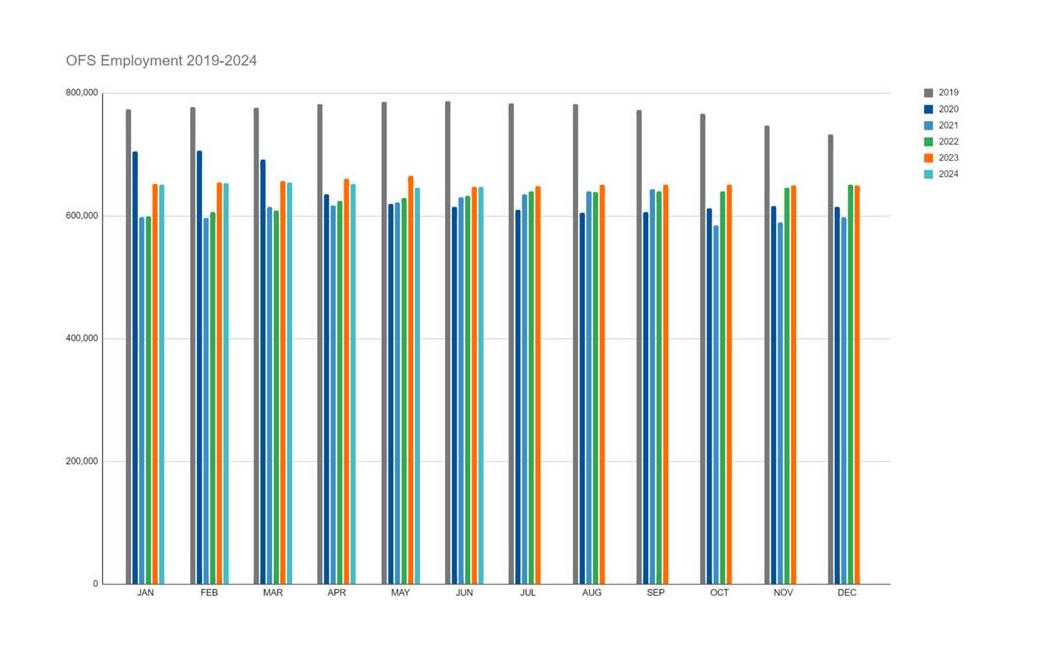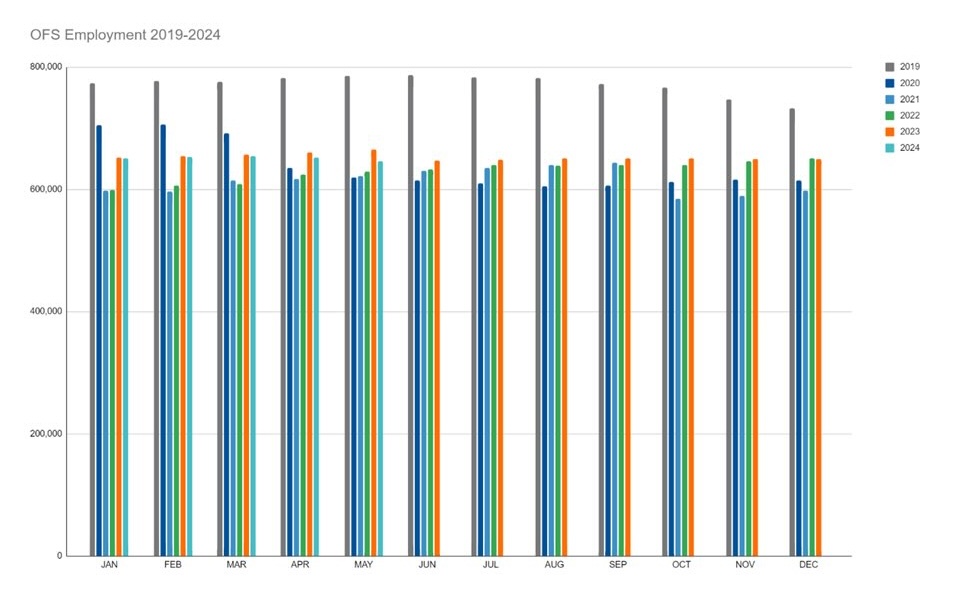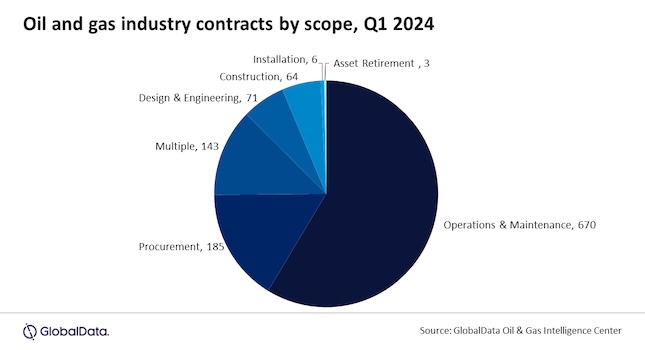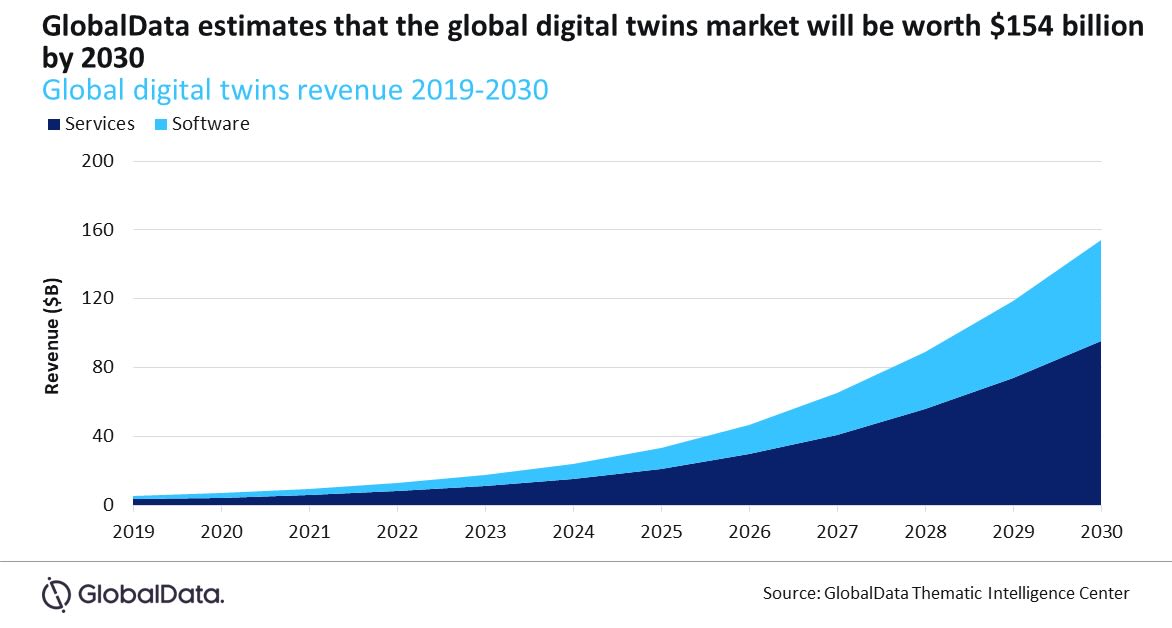Companies are looking to take advantage of the high demand for Industrial Internet of Things (IIoT) from oil & gas customers.
Because of the remote nature of work in the upstream and midstream oil & gas industry, it is a hot-bed for Industrial Internet of Things-based innovation. At the recent ABB Customer World, the automation leader introduced ABB Ability Wellhead Manager, a SCADA-as-aservice offering. The streaming of industrial and engineering applications much as we stream video at home is revitalizing software application markets, from supervisory control to enterprise resources planning to computer-aided design.
To get started with Wellhead Manager no hardware need be purchased or IT personnel engaged. As a visualization and control system it can be applied to upstream production and midstream gathering and includes a production dashboard, geointerfaces and alerts. It can be the startpoint to pervasive use of analytics, machine learning, and artificial intelligence.
Scaling to production
Costs for sending data from remote oil & gas sites to the cloud, as well as combatting latency problems, are pushing computing resources to the edge.
While attending the Gartner Data and Analytics summit, Falkonry, Sunnyvale, CA, announced the launch of its Edge Analyzer, a portable engine that deploys predictive analysis on edge devices for low latency applications. It is part of a “pre-packaged” machine learning system, Falkonry LRS. Operations teams create and deploy analytics in the cloud, on-premises or at the edge – with no data scientists required.
Acknowledging a recognized challenge, Falkonry Founder and CEO Dr. Nikunj Mehta said companies often find themselves stuck at the proof-of-concept stage, without a clear path for scaling to production. Deploying predictive models at the edge addresses the integration and latency challenges.
At the edge, “the ‘fog’ gives you the compute platform. Deploying the application is less complicated than programming a PLC.
Creating a model is a matter of uploading a data set. The system looks for patterns across multiple data signals and known events are labeled by the subject-matter expert. The model file can then be downloaded to the edge device,” said Sanket Amberkar, Falkonry SVP marketing & partnerships. An explanation feature gives insight into model results, quantifying signal contribution and enabling performance of root-cause analysis.
Industrial design
The folks at Temecula, CA-based Opto 22 are long-time friends of this editor. And a few years ago Opto’s VP of Marketing & Strategy Benson Hougland was the first person to mention to him the MQTT protocol, developed by Cirrus Link’s Arlen Nipper and IBM’s Andy Stanford-Clark. Both Hougland and Nipper attended the recent Wellsite Automation 2019 event. Their presentation blew the competition out of the water.
Opto 22 just announced availability of the groov EPIC Learning Center, a hardware and software benchtop system for learning and development.
The company points out IIoT solutions today are made up of multiple moving parts, including software, bolt-on communication protocols, legacy controllers and I/O, and a medley of gateways.
The groov EPIC system incorporates I/O with an embedded Linux real-time controller, gateway functions, and an integrated display, combining industrial hardware design with a modern software ensemble.
“The system includes in one unit everything needed to connect and control field and operational devices and data, through on-premises IT databases, spreadsheets and other software, to cloud storage and services – and back again,” said Hougland



